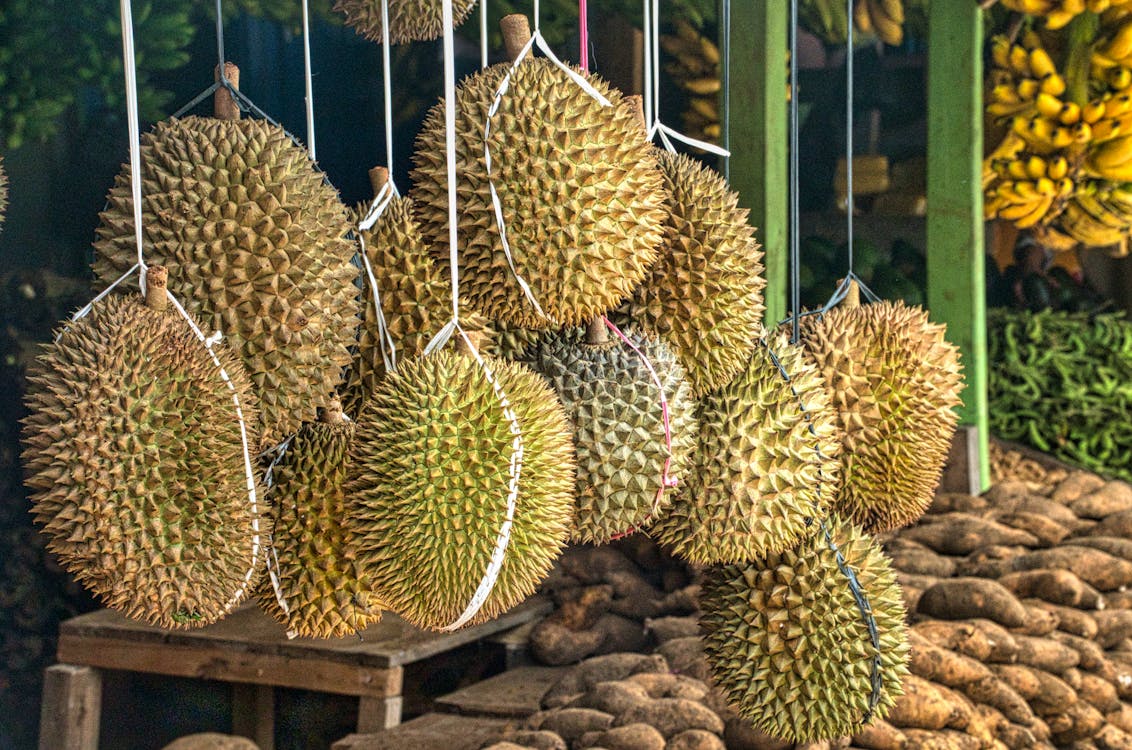Healthy Eating: Seasonal Fruits and Vegetables
September is a time of transition in the Philippines as the rainy season brings an abundant harvest of fresh, seasonal fruits and vegetables. Eating seasonally not only provides us with delicious and nutritious food but also supports local farmers and promotes sustainability. In this blog, we'll explore the benefits of incorporating seasonal produce into your diet and highlight some of the fruits and vegetables available in September, along with their unique flavors and health benefits.

The Benefits of Eating Seasonal Produce
- Enhanced Nutritional Value Seasonal produce is harvested at its peak, which means it retains the maximum amount of nutrients. When fruits and vegetables are allowed to ripen naturally on the plant, they develop higher levels of vitamins, minerals, and antioxidants. For instance, lanzones and rambutan, commonly found in September, are packed with Vitamin C, which is essential for immune health. Similarly, leafy greens like pechay are rich in fiber and vitamins, making them excellent choices for a nutritious diet.
- Superior Taste One of the most immediate benefits of eating seasonally is the taste. Fruits and vegetables that are in season are at their freshest, and their flavors are more vibrant and intense. A freshly picked mango or a ripe rambutan has a sweetness and juiciness that’s hard to beat. When produce is grown in its natural season, it’s allowed to develop fully, resulting in better-tasting food.
- Support for Local Farmers Buying seasonal produce directly supports local farmers and the agricultural sector. When you choose to buy what's in season, you are often buying produce that has been grown locally, reducing the need for imported goods. This not only helps farmers by providing them with a steady income but also ensures that your food is fresh and hasn’t traveled long distances to reach your plate.
- Cost Efficiency Seasonal produce is typically more affordable. When fruits and vegetables are in peak season, they are more abundant, leading to lower prices. This can be particularly beneficial in the Philippines, where food prices can fluctuate. By focusing on seasonal produce, you can enjoy a variety of healthy foods without straining your budget.
- Environmental Benefits Eating seasonally is also a more sustainable choice. Seasonal produce requires less energy for growing and transporting, which reduces the carbon footprint associated with food production. When you choose locally grown, in-season fruits and vegetables, you contribute to a more sustainable food system by cutting down on the environmental costs of out-of-season imports.

Seasonal Fruits and Vegetables in September
September in the Philippines offers a rich selection of fruits and vegetables that are not only delicious but also packed with nutrients. Some of the seasonal highlights include:
- Lanzones: Known for its sweet and slightly sour taste, lanzones are rich in fiber and Vitamin C. They are available from August to December and are perfect for snacking or adding to desserts.
- Rambutan: Recognizable by their hairy exterior and sweet, juicy flesh, rambutans are rich in Vitamin C and antioxidants, which are essential for skin health and overall well-being. They are in season from August to October.
- Guyabano (Soursop): Known for its creamy texture and unique flavor, guyabano is also packed with vitamins and minerals that can help strengthen your immune system. It’s great for making smoothies or refreshing juices and is available from August to November.

- Pechay (Bok Choy): A versatile leafy green, pechay is excellent in soups, stir-fries, or even as a side dish. It's rich in vitamins A and C, as well as calcium, which is essential for bone health.
- Kangkong (Water Spinach): Commonly used in Filipino dishes like sinigang, kangkong is not only delicious but also rich in nutrients such as iron, which is vital for maintaining healthy blood levels.
- Upo (Bottle Gourd): Upo is a mild-flavored vegetable that is low in calories but high in nutrients like potassium and vitamin C. It's perfect for adding bulk and nutrition to soups and stews.
- Atis (Custard Apple): Atis has a soft, sugary pulp that tastes like custard. It is rich in Vitamin C and dietary fiber, making it a nutritious choice for a sweet treat. This fruit is available from September to December.
- Banana: Available throughout the year, bananas are considered the most economically important fruit in the country. They are a great source of potassium and energy, making them a staple in the Filipino diet.
- Durian: Despite its strong odor, durian is known as the "King of Fruits" due to its rich flavor and high nutritional content. It is available from August to October.

- Mangosteen: Known as the "Queen of Fruits," mangosteen is prized for its high antioxidant properties and unique taste. It is available from June to November.
- Santol (Cotton Fruit): This fruit is known for its white, cotton-like membrane and tangy flavor. It is often eaten with salt to enhance its taste and is available from July to September.
- Papaya: Papaya is available year-round and is celebrated for its sweet flavor and soft, buttery consistency. It is rich in vitamins A and C, making it a healthy addition to any meal.
Making the Most of Seasonal Produce
Eating seasonally in September doesn’t just mean enjoying the fruits and vegetables as they are. It’s also about incorporating them into your meals in creative and delicious ways. Whether you’re adding lanzones to your morning yogurt, making a refreshing guyabano smoothie, or using kangkong in your favorite dish, there are countless ways to enjoy the bounty of the season.
Beyond the culinary benefits, eating seasonally is a way to connect with the rhythms of nature and appreciate the diversity of produce available in the Philippines. It’s also a practice that encourages mindfulness about where your food comes from and how it impacts your health, community, and the environment.




